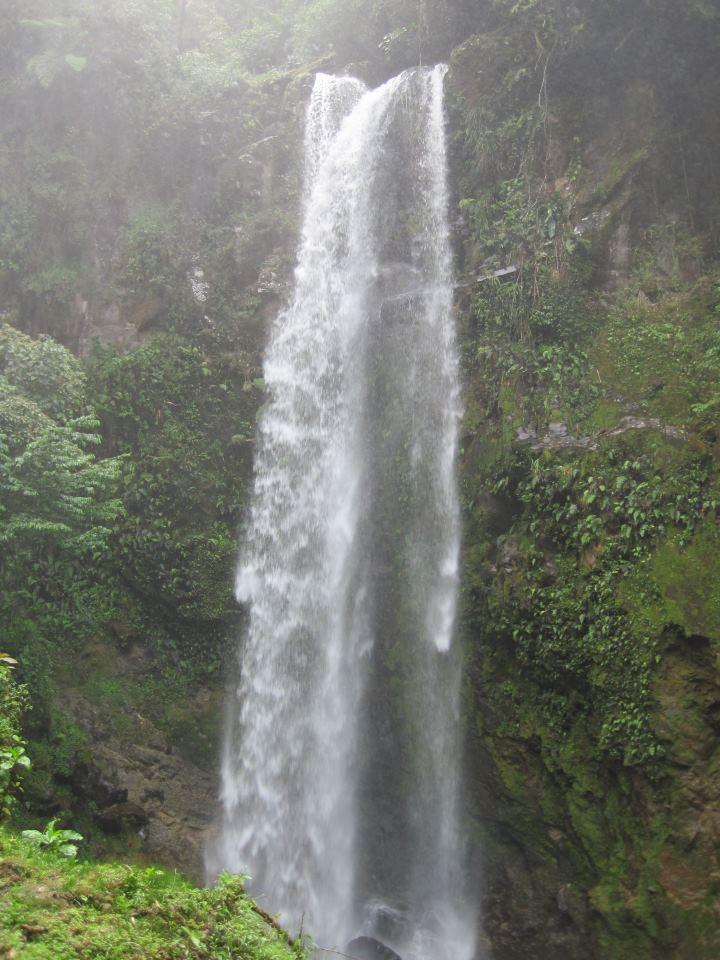Rosalind Cummings-Yeates writes in Travel Pulse of her visit to Panama.
The bustling Central American metropolis of Panama is a fascinating place that straddles both the North and South American continents. But most people just think of it as the location of the Panama Canal. I discovered that there’s so much more to the country; there’s a great mix of natural and urban adventures just in Panama City alone. With the Westin Playa Bonita, a sprawling resort that hugs the Pacific Ocean, about 20 minutes outside of Panama City as my headquarters, I explored both sides of Panama.
Besides the canal, Panama is also famous for howler monkeys. Equipped with powerful vocal cords and a scream that can carry for over a mile, these creatures have earned the nickname “loudest animal in the New World.” You will hear a Howler monkey before you see them but the best place to see them is in the lush terrain of the Panamanian rain forest. I joined a boat tour of Gatun Lake and Monkey Island to experience these quirky animals firsthand.
Gatun Lake is a 166 sq. mile, artificial lake that forms part of the Panama Canal system and is the second largest man-made lake in the world. Edged by rain forest and islets, it’s the most panoramic portion of the canal passageway and one of the easiest locations to spot monkeys.
Hopping into a covered motorboat, I floated down the winding lake and one of the first spectacles we witnessed was a view of the famous Bridge of the Americas. Looming 354 feet, the bridge actually connects the two land masses of North and South America. It’s an inspiring sight, especially when you realize that you are sitting between two continents.
Alligators, crocodiles and sloths appeared in the water surrounding the boat but it wasn’t long before I spotted monkeys darting through treetops. There are actually three common monkey species to see in Panama—tamarin, capuchin and the howler. I glimpsed the white-faced capuchins munching leaves and then I jumped when I heard the distinctive howler scream. I never spied the howlers but judging from the volume of the scream, they were nearby.
Returning from the natural beauty of Panama’s forests and oceans, it’s interesting to experience the cosmopolitan contrasts of Panama City. A night on the town is a requirement in this bustling city, which boasts restaurants and bars on every other corner.
Stroll through the cobblestone streets of Casco Viejo, a UNESCO World Heritage site filled with elegant 16th and 17th century architecture. Established in 1671, when the notorious pirate Henry Morgan looted and destroyed the original city, the residents decided to build a more secure city that would be easy to defend.
They constructed Casco Viejo, which translates to “old helmet,” a maze-like, walled city that shines with grand history. The area was abandoned for years until revitalization took over, pairing crimson tiled roofs and collapsing building side by side. Some residents even prefer to call the neighborhood Casco Antiguo, because unlike old things which are usually discarded, antiques are valued and preserved.
A visit to one of Casco Viejo’s varied restaurants illustrates just how much residents value the area. Locals pack the eateries and cafes and dine on an array of cuisines, from Italian, to Panamanian, late into the night.
I tasted a Panamanian favorite, bacalao a fried codfish dish. Dancing and live music always tops off the night, from the thumping bass of reggaeton to the flowing melodies of cumbia , Latin rhythms fill the streets. I opted for a more relaxing musical outing and headed back to Playa Bonita to the Oasis Lounge, where a live Latin band entertained with salsa and romantic boleros, while I sipped fresh passion fruit mojitos.
